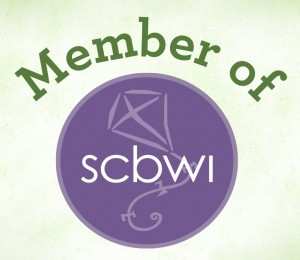Sticks
Sticks is a game that my kids brought home from school. I don’t know where it comes from, but it’s a great little head-scratcher, and is perfect for when you’re stuck waiting in a line or a doctor’s office or wherever.
Sticks is a 2-player game. It starts with each player holding out their hands, one finger extended on each hand.
The way you win is by forcing the other player to have no fingers extended.
Players alternate taking turns. On your turn, you have to do one of two things:
- Touch one of your hands to one of the other player’s hands, OR
- Touch your two hands to together.
Whenever you touch the other person’s hand, you increase the number of fingers that hand should have extended by the number on your hand. For example, if you have a hand with one finger extended and I touch it with a hand that has one finger extended, you now have to extend two fingers on that hand (because one plus one is two). Got it?
The hand that does the touching doesn’t change the number of fingers that are extended. Only the hand that’s touched changes.
When you touch your own hands together, you just divide the total number of fingers extended between the two hands. For example, if you have three fingers showing on one hand and one on the other, you could clap them together and end up with two fingers on each hand (because 3+1 = 2+2).
Still with me? Good, because this game is worth playing.
Whenever a hand extends five fingers it goes to zero. A “zero” hand can’t be touched by the other player. Your goal is to get the other player to have two “zero” hands.
If you are supposed to show more than five fingers, subtract five and show the difference. For example, if your hand has three fingers, and it’s hit by a four finger hand, you would show two fingers (3+4=7, which is two more than five).
Here are some other rules:
- You can only touch your hands together if you’re changing the combination showing on the two hands. For example, if you have two fingers showing on your left hand and one on your right, you can’t clap to have one on your left and two on your right. That would be the same configuration (2 on one hand and 1 on the other).
- You can’t touch the other player’s zero hand, but you can touch your own zero hand.
- You can’t touch the other player with your zero hand.
I realize that it may sound a little confusing, but it’s actually quite easy once you get started. This is a game that is simpler to show than explain, so take the time to figure it out. Once you try it, you’ll like it, and you’ll find that teaching other players is easy. Better yet, once the kids start playing, you’ll see them playing it in lines and whenever there’s downtime.
From an educator’s perspective, this is gold. Getting kids to actively use their brains during times when they’d normally just be getting into trouble?
Talk about a double-win!
One final note: once someone gets to be unbeatable at playing to five, you can also play games to three (which is pretty silly), four, or six.
Want to comment? Hit me up on Threads or Facebook!



